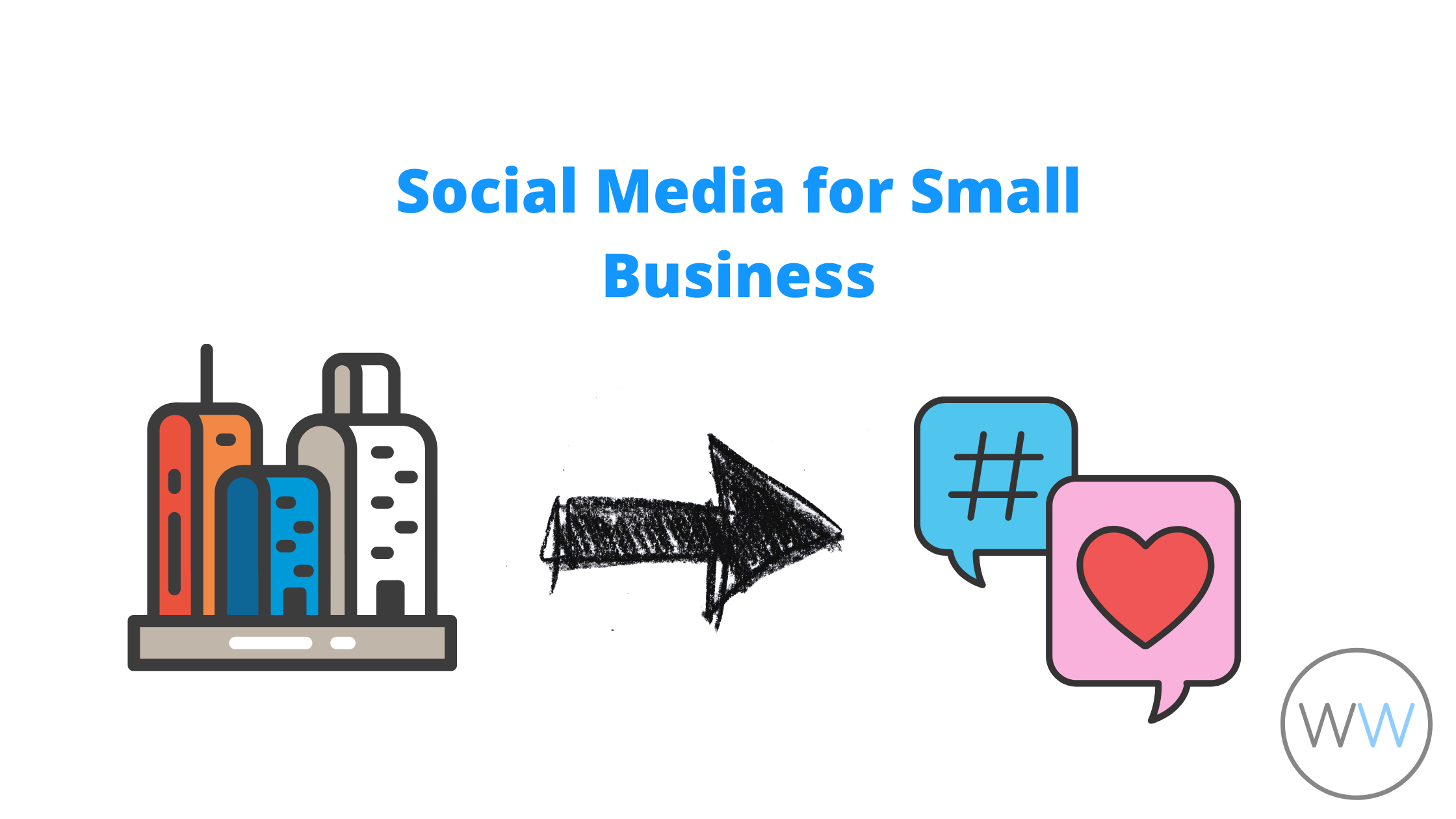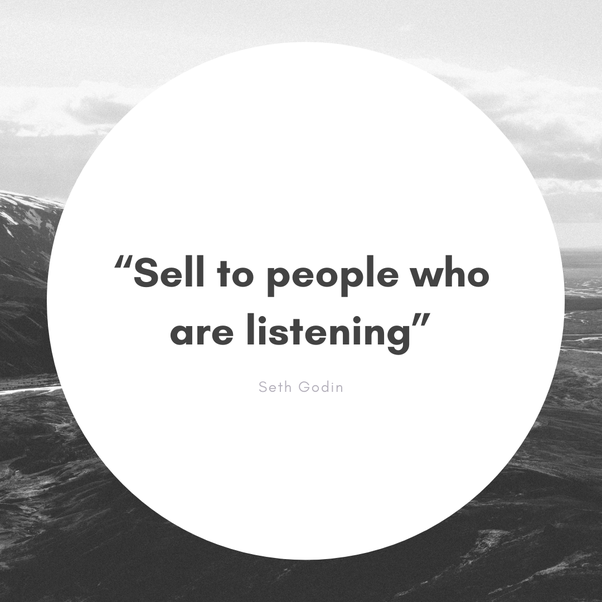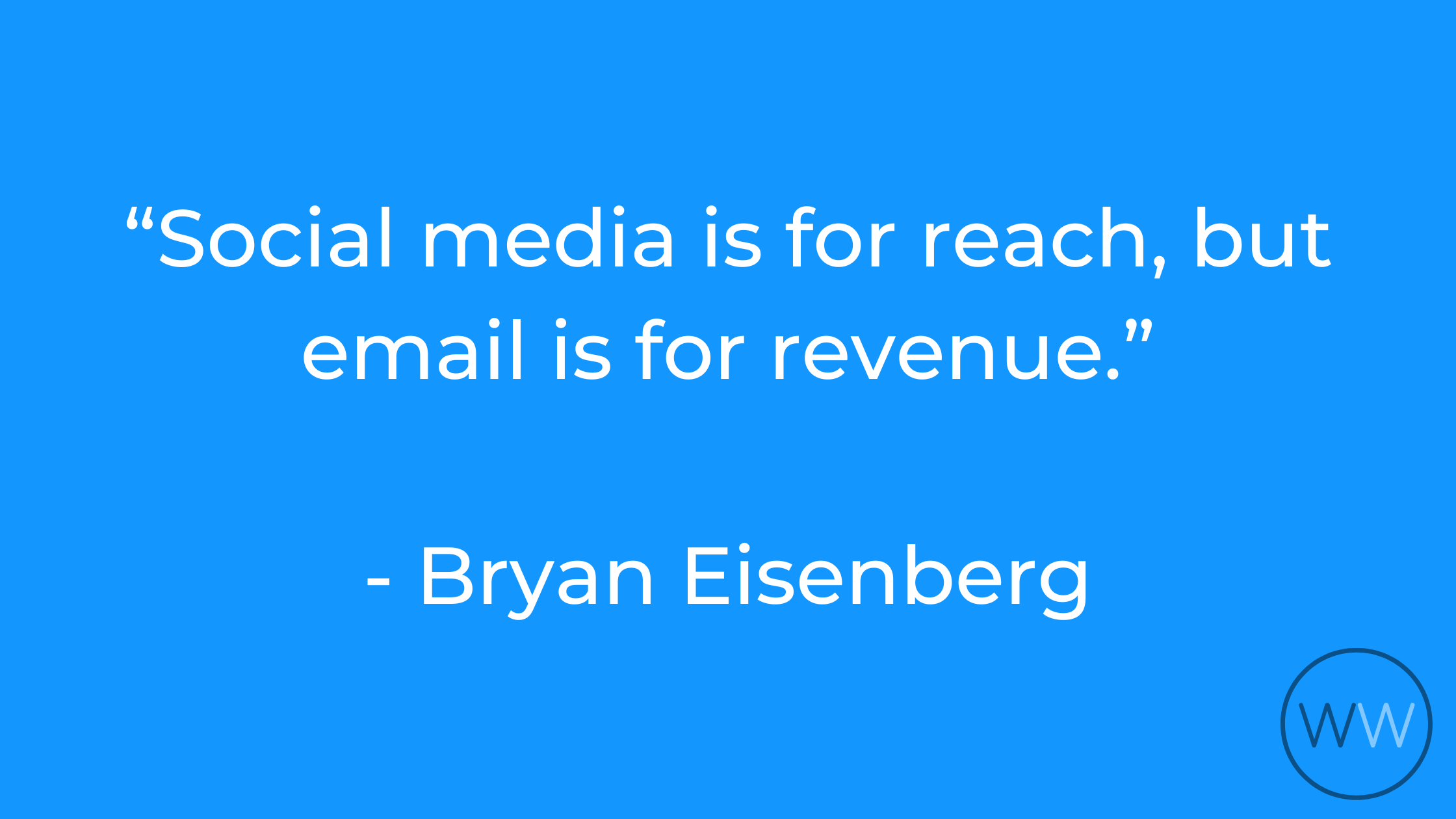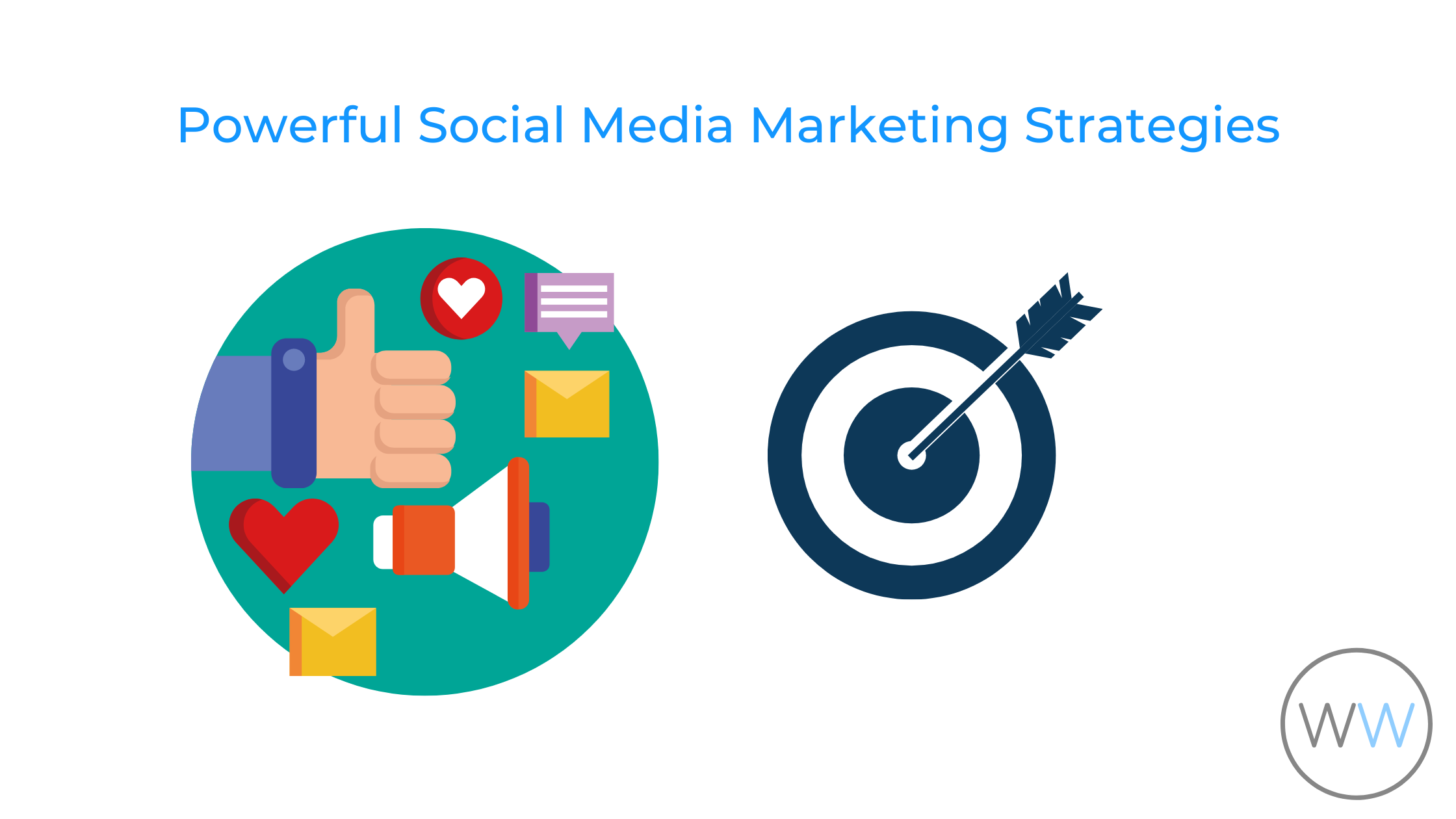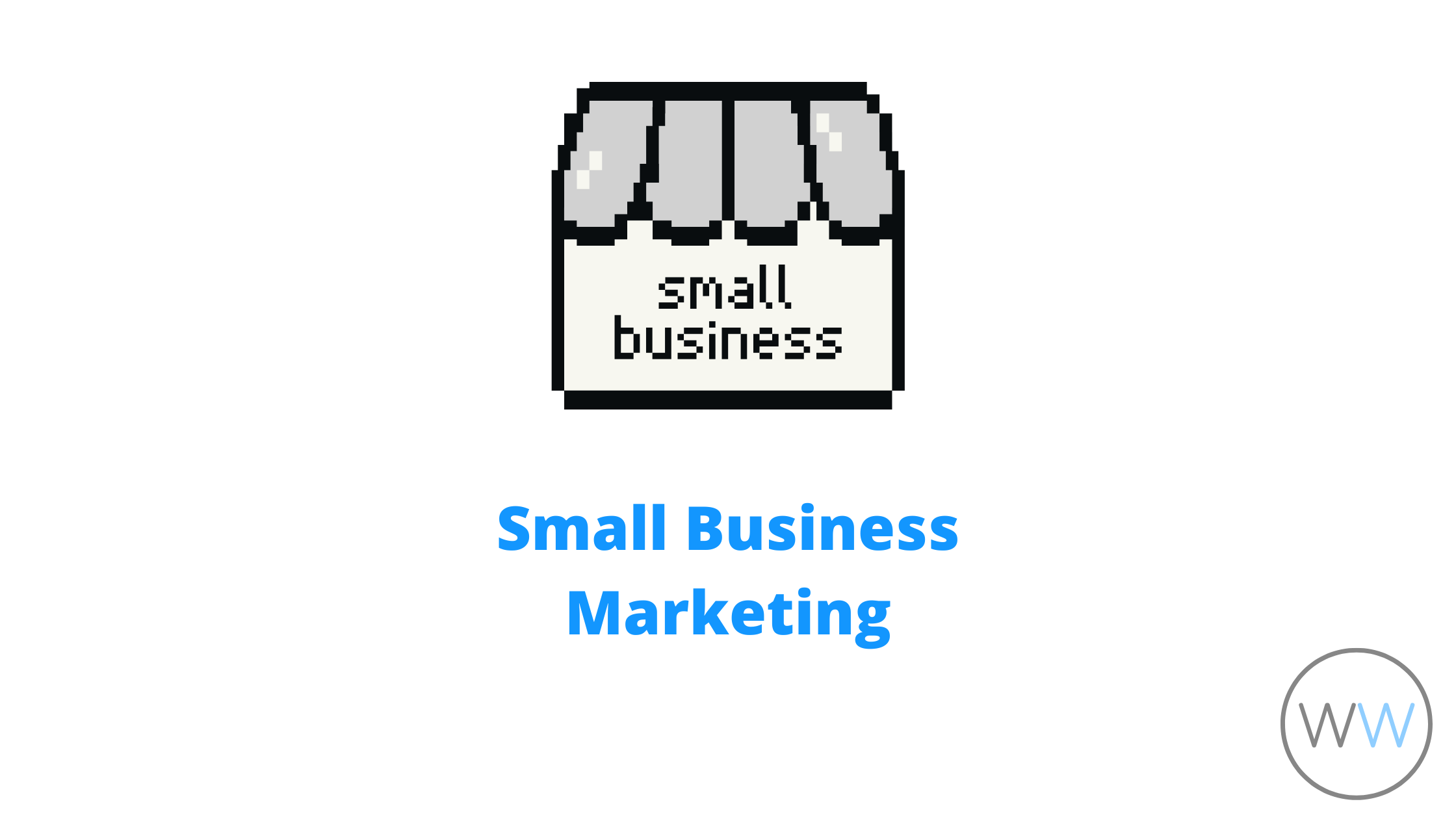Table of Contents
The Ultimate Guide for Beginners to Marketing Small Business on Social Media
You can’t post and pray.
The most important things you need to know before you start;
Quality
That’s the thing about social media, many business owners assume that posting something is better than nothing. This is definitely not the case!
Posting frequently and getting zero engagement can actually make your brand appear weak, desperate and out of touch in front of consumers. Building a social media marketing strategy for each channel is a must, this helps you define the what & how.
Before you start writing content to hit the optimal word count and share it on your socials, just remember that you’re not at university. Quantity is not as important as quality, although search engines DO look at quantity, it’s not the only factor that their algorithms check, but that’s another story – we’re talking about social media here.
As much as we hate to use the overused phrase, content is still king. High quality posts with great images, statistics to back up your thoughts and valuable external & internal links all help here. If you’re unsure about your posts, the only real question to ask yourself is – ‘Am I providing value?’.
Value can mean a number of things. A B2B business may need to provide value in the form of relevant information for their industry or potential customers, whereas a restaurant of food related brand may need to provide value by posting extremely high quality and enticing images of ‘food p*rn’. It all varies.
Timing
Timing can be key, but it’s not definitive.
Each social network may have an optimal time to post. Some networks, such as a TikTok, work off algorithms that don’t always have anything to do with peak times and are based on a “virality” algorithm (the speed of which users are liking, saving or sharing).
Other networks such as LinkedIn have peak engagement times when users are most active and likely to see your content. The algorithm has changed over time so the effectiveness may vary but there are guides with timetables on when to post.
Consistency
It’s important to stay consistent, and whilst it isn’t easy to adhere to a specified posting schedule, there are tools to automate this.
A good way to stay on top of your social media posts is by using a scheduling tool; HootSuite and Buffer are some of the best free scheduling tools we’ve used with paid options for larger companies with tools for collaboration between marketing teams.
Dedicating a few hours a week on writing content and then adding it all to your scheduler is a great way to save time and streamline your social media efforts.
Imagery
We’re talking social, so of course we have to mention images.
Whilst it’s easy to post high quality images, this is now a given for most social media posts. It’s something you should be doing anyway. Which leads us to the next point of what matters even more…
Creativity
We’re big believers in striving for ‘virality’. Many assume that this hard to get to, and whilst it can be if you don’t have the capital for publicity stunts and other such methods, there’s still a way.
Enter creativity.

Highly creative content, even if it uses low quality images or bad editing can make a world of difference in engagement.
A B2B brand might not get customers this way but don’t forget about brand awareness and image. It can really sway your target market in remembering you when the time and need arise.
There are some awesome examples of extremely creative social posts that were done on a shoestring budget that still went viral.
Ultimately, following these rules are the barebones of marketing small business on social media. You will naturally get better with time when you see what works and what doesn’t. The most important rule? Get started!
